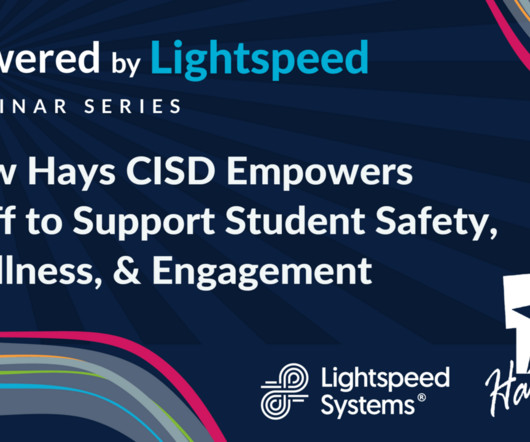Generative AI and Academic Integrity
Lightspeed Systems
OCTOBER 20, 2023
Develop and Communicate Clear Guidelines for AI Use It’s essential to develop clear guidelines and policies to ensure students, teachers, and other staff fully understand the proper and responsible use of generative AI. Like with other guidelines, AI policies should not be created in a vacuum.














Let's personalize your content